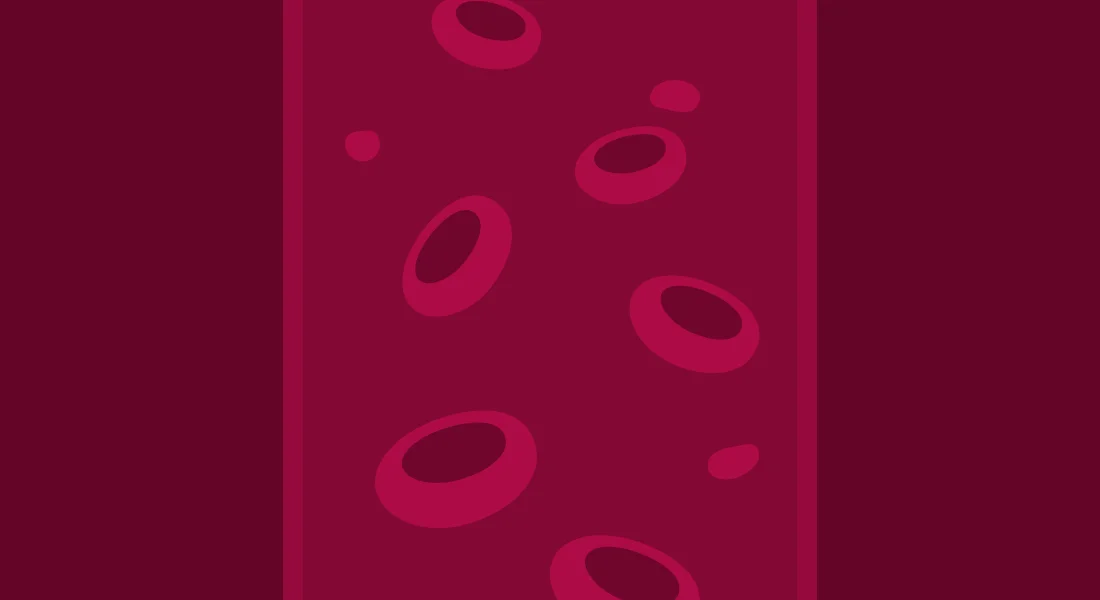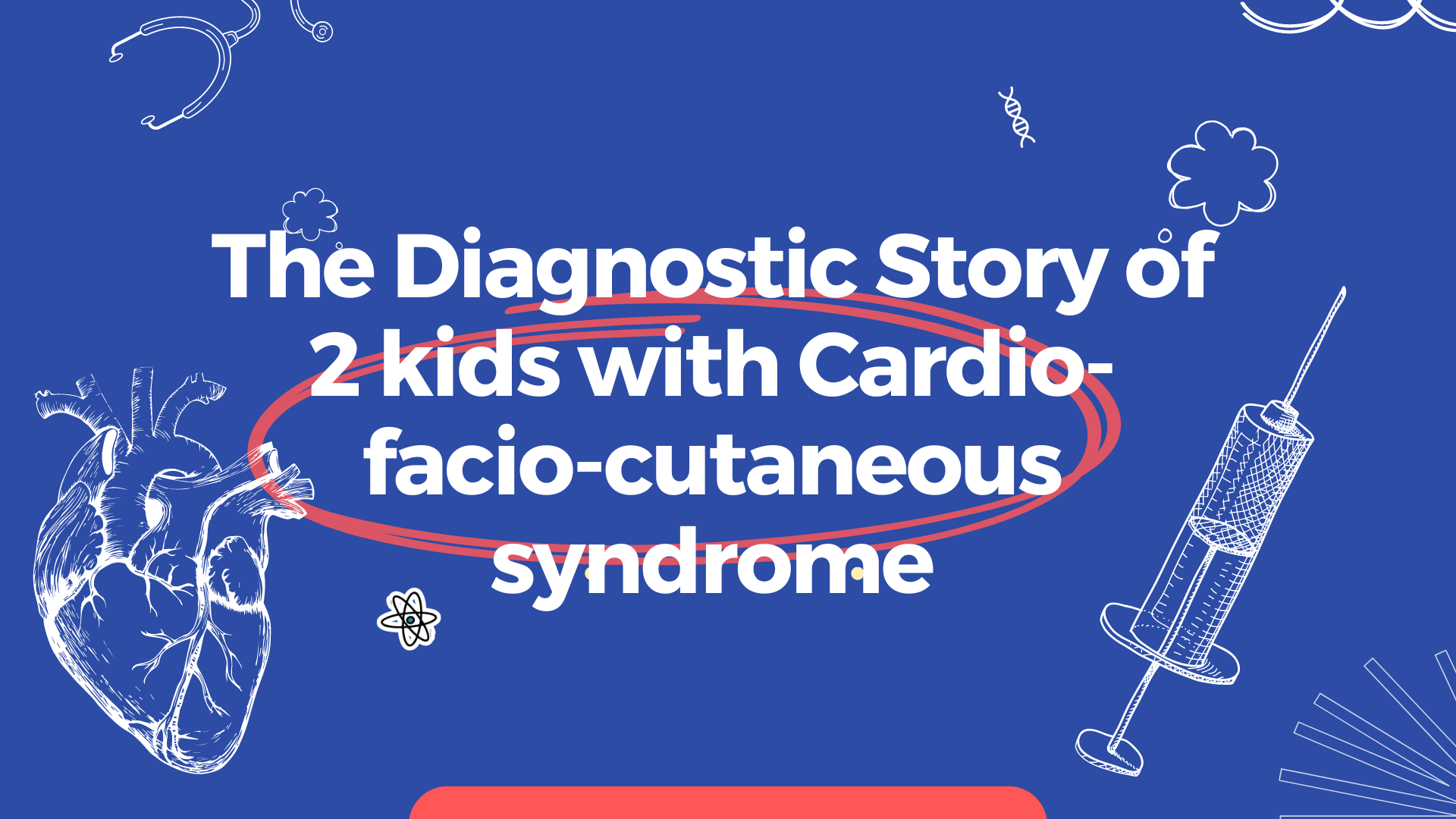
Thalassemia is a rare genetic disease that reduces the production of hemoglobin, leading to anemia. When there is a lack of hemoglobin, the body’s red blood cell can’t function correctly and the periods of time last shorter. It causes less healthy red blood cells that carry oxygen to all cells of the body.
What are the types of Thalassemia?
There are two types of thalassemia:
Alpha thalassemia
Beta thalassemia
Hemoglobin is made of two different parts, the alpha subunit and beta subunit. Alpha thalassemia is a disorder in which the body cannot produce the alpha subunit of hemoglobin. Likewise, beta thalassemia involves difficulty producing the beta subunit. As such, thalassemia affects the production of normal hemoglobin.
Prevalence

Thalassemia affects approximately 1 in 2,500 people. The prevalence of each type of thalassemia varies depending on ethnicity.
Alpha thalassemia is particularly common among populations of Southeast Asian descent. There is a high number of carriers in sub-Saharan Africa and the Western Pacific region.
Beta thalassemia is most common among populations of Mediterranean, African and South Asian descent.
What are the symptoms of Thalassemia? - Inheritance Pattern

Symptoms are usually present from 6 months onward in most infants with beta thalassemia and some types of alpha thalassemia. The most severe case of alpha thalassemia causes stillbirth, or the death of the unborn baby during the late stages of pregnancy or birth. Children with beta thalassemia are do not present symptoms at birth, but develop severe anemia within one year.
Related symptoms include the following:
Headache
Delayed growth and development
Pale or yellowish skin
Dark urine
Facial bone deformities
Susceptibility to infections
Fatigue
Who might get Thalassemia?

The inheritance pattern of alpha thalassemia is complex. The severity depends on the number of mutated genes.

Beta thalassemia is usually inherited in an autosomal recessive pattern.
As such, an individual with a single abnormal gene typically does not present symptoms, but may be susceptible to mild anemia.
How is Thalassemia diagnosed?
Thalassemia diagnosis is mostly based on a blood test. Clinically, it can be diagnosed as hemolytic, microcystic, and low-pigmentation anemia. Molecular genetics can be diagnosed by electrophoresis and mutation searches of hemoglobin proteins.
How is Thalassemia treated?
There are multiple types of thalassemia and different types of treatment.
Blood transfusions
Severe cases of thalassemia require blood transfusions for normal oxygen delivery.
Iron chelation therapy
Low levels of normal hemoglobin causes iron to accumulate in blood. Iron chelation therapy removes iron from the blood. Removing excess iron is crucial to prevent damage to important organs, such as the heart and liver.
Bone marrow (stem cell) transplant
Bone marrow transplants can be effective for young patients with severe thalassemia. Stem cells from the bone marrow transplant produce normal blood cells, which eliminates the need for lifelong blood transfusions and therapy.
Living with Thalassemia
Avoid Iron-rich Foods
Thalassemia patients with high levels of iron should keep away foods with high iron content to avoid organ damage.
Eat Healthy
Individuals with thalassemia should include sufficient amounts of vitamin D and calcium in their diet to maintain bone health. Taking supplements that contain B-vitamins can help protect and produce healthy red blood cells.
Avoid Risk of Infection and Get Vaccinated Regularly
People with thalassemia are at high risk of infections. Patients should wash their hands regularly and should be vaccinated as recommended.























